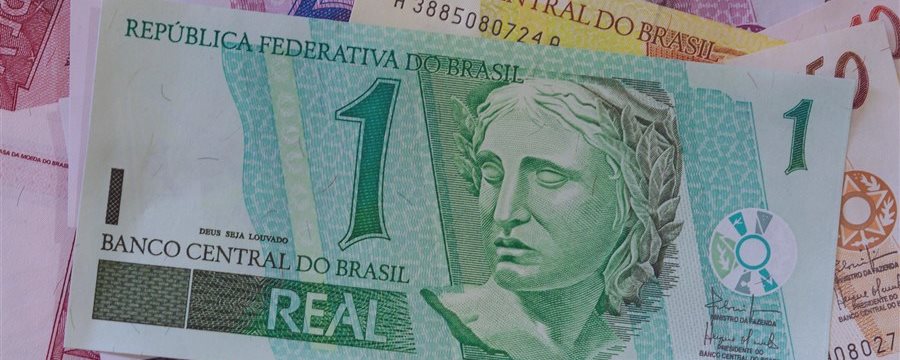
Latin American currencies expected to be worst performers in Q4 - Study
With commodity prices hovering near lows and
the Federal Reserve promising it would raise its benchmark
interest-rate target in December, the medium-term outlook for South
American currencies is modestly dull, - analysts at Brown Brothers Harriman believe.
Strategists led by Global Head of Emerging Market Currency Win Thin ranked South American currencies as the most likely to underperform during the last quarter of 2015. Asian currencies maintained the most fundamentally strong position, in an update of their emerging-market FX model.
They based their ratings on economic fundamentals like a country’s external debt-to-GDP ratio, the outlook for export growth, as well as how stable the banking sector and political system are.
All emerging-market currencies proved fragile to higher interest rates in the U.S. But Latin American currencies are in an especially vulnerable position, because they are highly dependent on the export of industrial commodities like crude oil, coal, copper and nickel.
Emerging-market currencies rallied in October as investors dropped their hopes for a Fed rate increase this year. However, recent remarks from top U.S. monetary policy-makers including Fed Chairwoman Janet Yellen and New York Fed President William Dudley caused investors to reset their expectations of a December rate hike above 60%.
The analysts at Brown Brothers expect emerging-market
currencies as a whole to weaken in the medium term.
Since Brown Brothers’ currency model was last updated in
mid-October, the currencies considered as having very strong fundamentals, were actually the worst performers. Although this was in many ways due to
outsize falls in the Singapore dollar and the Thai baht, the
strategists explain.
The Brazilian real has lost almost a third of its value against the U.S.
dollar since the beginning of the year. And the Chilean and Colombian
pesos have lost more than 12% of their relative values in that time.



